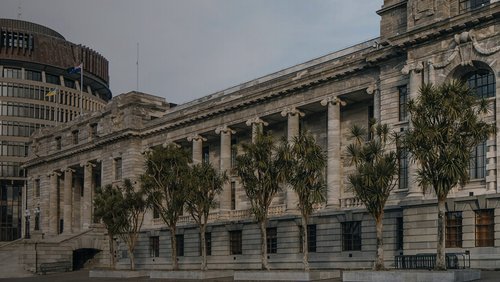7 Aug 2019
MBIE has released a discussion paper focused on implementing the Health and Safety at Work Act 2015, specifically around plant, structures and working at heights.
MBIE has used Australian and United Kingdom models as a basis, while keeping and adapting legislation and inspection bodies that are currently working well. These are the areas being consulted on.
Managing risks from plant
Safety controls, installation, life cycle and decommissioning of plant are being looked at. This will affect electrical and mechanical engineers most but may also affect aircraft and marine engineers, with MBIE asking whether aircraft and marine plant should be covered.
Second-hand plant material is seen as a risk in New Zealand and the plant may need to be inspected and signed off by an engineer or competent person before being used. This includes making sure adequate safety measures are in place and that any alterations to plant are not increasing risk. If there is no maintenance schedule that comes with the machine, then a competent person may need to design one.
Designing, manufacturing, importing, supplying and installing plant or structures
Machinery being sold second hand domestically or brought into New Zealand can be unsafe. MBIE is exploring various options around the testing and maintenance scheduling of this machinery.
It’s also common for machinery to be adapted for uses other than what was originally intended. This means that the person changing it is now the designer of the adaption – and could be liable for any accidents.
MBIE is looking for guidance on how to ensure that the role of PCBUs in importing, selling, constructing, designing and adapting machinery becomes clearer to all parties.
Amusement devices and pressure equipment, cranes and passenger ropeways regulations
MBIE has identified gaps and inconsistencies in the current system that have become more apparent as technologies have evolved. It is looking at implementing a system similar to Australia’s, where amusement devices and pressure equipment, cranes and passenger ropeways are all classified as high-risk equipment and covered under the same piece of legislation.
This would work in two ways:
- Establishing a register of plant designs, which would apply to a wider range of high-risk plant.
- Establishing a register of individual items of plant.
Working at heights and scaffolding
Currently it can be unclear what type of scaffolding is required for which situations and what needs to be designed. MBIE is seeking feedback on height restrictions and notifiable designs.
Excavation work
MBIE feels that excavation work currently has gaps in comparison with Australian and UK models. They propose more stringent processes for excavations deeper than 1.5 metres as well as improving worker competency and more stringent identification of services before conducting excavations. They also propose that risks from falling in, being trapped by collapse, falling objects, and airborne contaminants are systematically managed and documented, and unauthorised access is prevented.
Engineering New Zealand will be making a submission. If you’re interested in being involved, email martin.pratchett@engineeringnz.org




